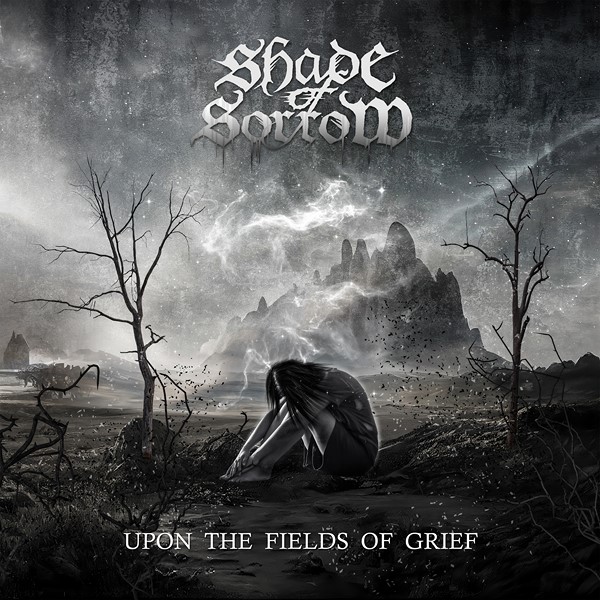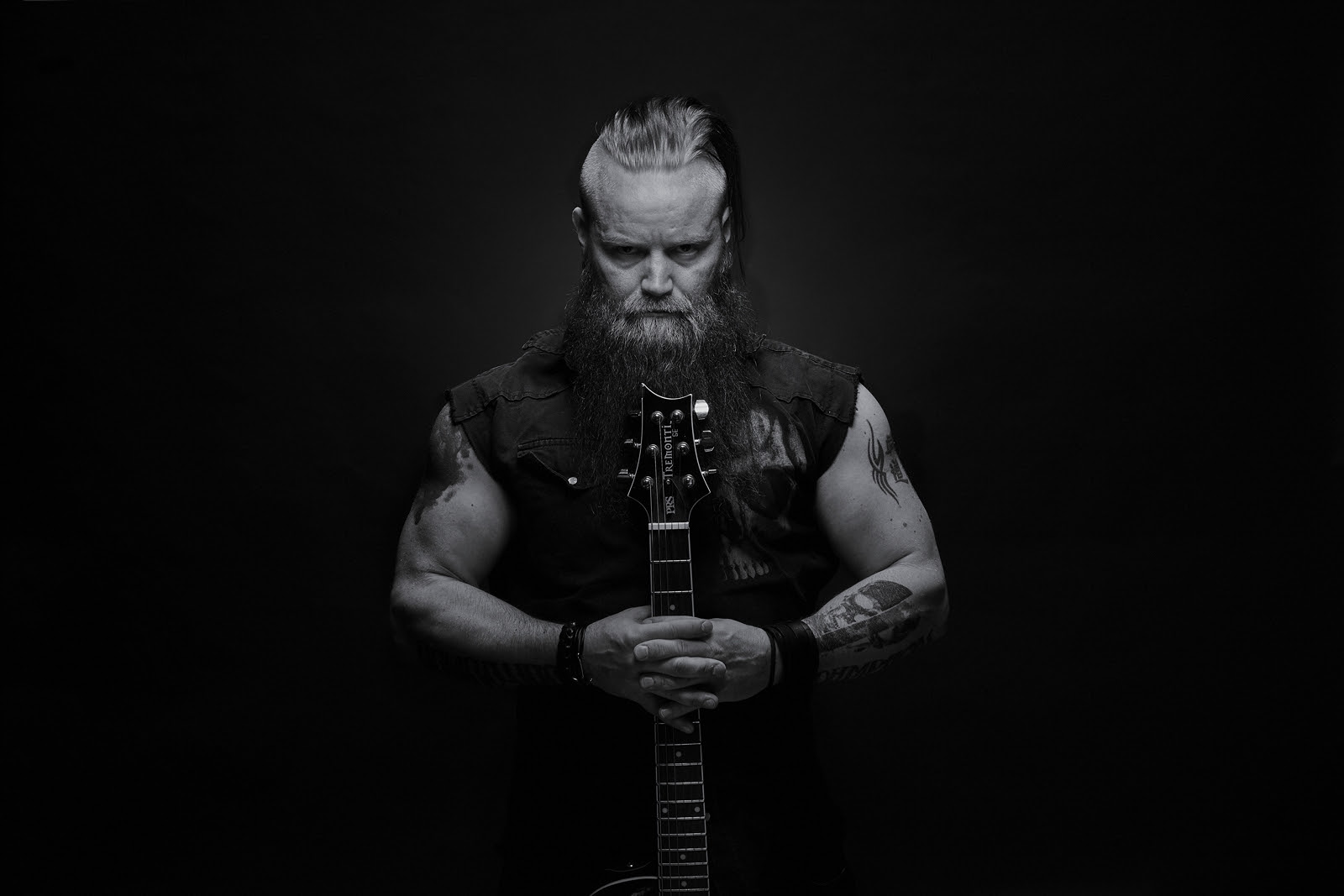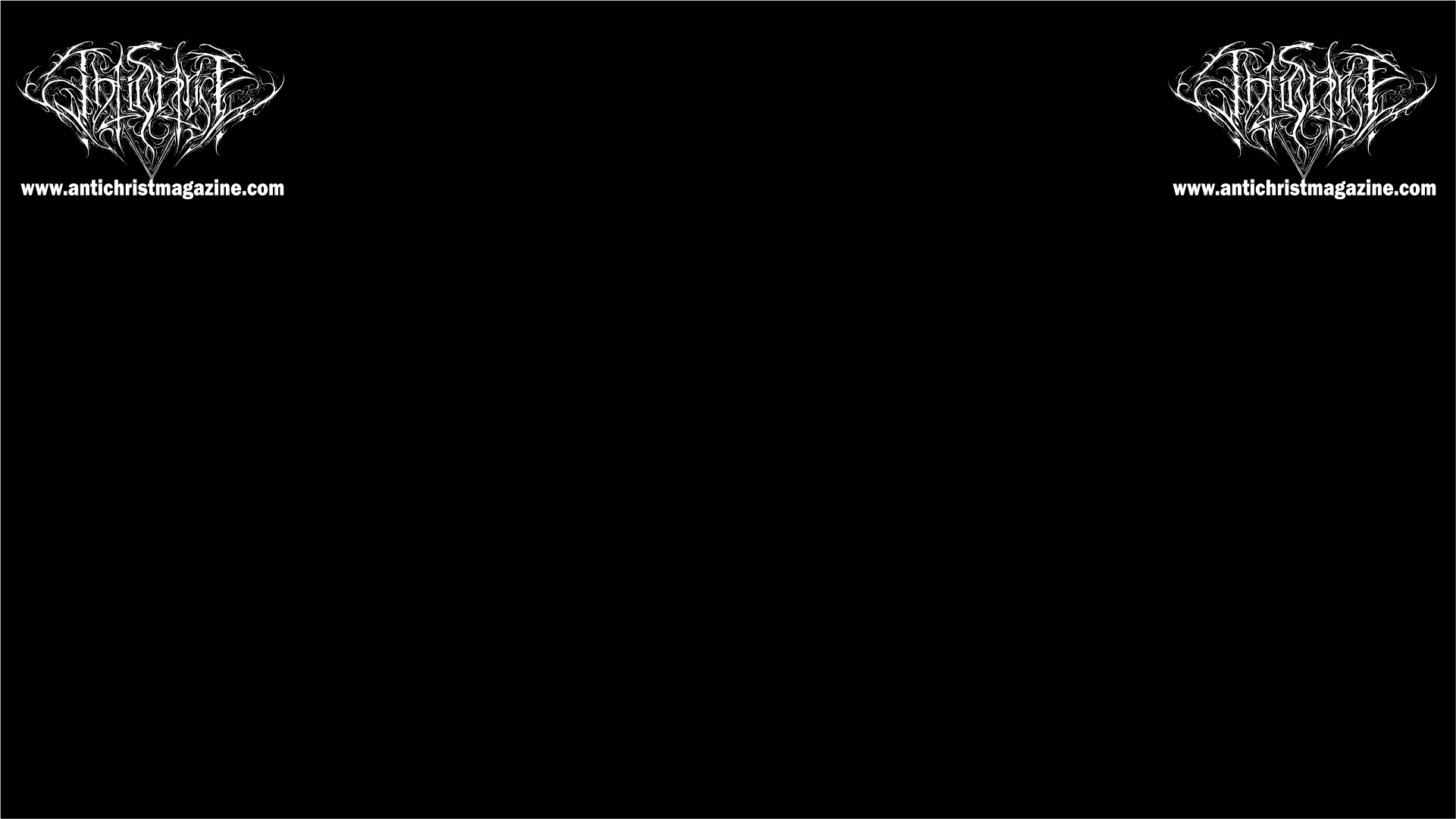 At the end of June last year, the Finnish melodic death metal band Shade of Sorrow released its debut album Upon the Fields of Grief through the label M-Theory Audio, which put it out digitally, as well as CD and vinyl versions. Technically, this isn’t even a full band, but rather a solo project. Behind the moniker Shade of Sorrow stands Finnish multi-instrumentalist Mika Kankainen, previously known as the drummer and back vocalist in local bands Warceremony and Soul Terror. Here, however, he showcases the full range of his talents, mastering all instruments – guitar, bass, drums, keyboards, and voice. As a result, this musical piece is infused entirely with his personal energy, making Upon the Fields of Grief a 100% pure expression of his own emotions and inner experiences.
At the end of June last year, the Finnish melodic death metal band Shade of Sorrow released its debut album Upon the Fields of Grief through the label M-Theory Audio, which put it out digitally, as well as CD and vinyl versions. Technically, this isn’t even a full band, but rather a solo project. Behind the moniker Shade of Sorrow stands Finnish multi-instrumentalist Mika Kankainen, previously known as the drummer and back vocalist in local bands Warceremony and Soul Terror. Here, however, he showcases the full range of his talents, mastering all instruments – guitar, bass, drums, keyboards, and voice. As a result, this musical piece is infused entirely with his personal energy, making Upon the Fields of Grief a 100% pure expression of his own emotions and inner experiences.
Overall, this album is deeply rooted in the Finnish spirit – a paragon of how melodic death metal should sound. And that’s not about clichés or something derivative. Quite the opposite – it follows the classic tradition: beautiful, harmonious, melodic, with no excess, yet full of soul. There’s something about the people of Northern Europe – melody runs deep in their blood. It permeates nearly every musical genre or subgenre they touch. So when it comes to a style that already contains the word “melodic”, what more is there to say?
Scandinavian melodicism, in particular, often leans towards sorrow – steeped in melancholy, a longing for something lost or something that never existed in this reality. It carries a weight that feels both profound and accomplished, not just on a physical level, but on a subconscious one. Shade of Sorrow fits this pattern perfectly. Melody plays the central role here, painting the music in shades of winter stillness and graveyard silence. But this isn’t a cold of death or despair without end, Upon the Fields of Grief carries a faint sense of hope, of something being reborn, though it’s still shapeless and fragile. That feeling is beautifully captured in the album’s artwork – a girl sits on the fields of grief, shrouded in grey mist, not even noticing the rays of light piercing the sky in the distance. Because in the kingdom of grief, only shadows are real.
Shade of Sorrow first made their presence known in 2021, releasing a couple of singles, which quickly caught the attention of the metal scene. This initial buzz led to interest from Inverse Records, and later from M-Theory Audio, who ultimately released the band’s debut full-length album. This record is very consistent – most of the songs are in a mid-tempo range, with no drastic shifts in rhythm or style, and without bold experiments. The focus, as is often the case in melodic death metal, is on the choruses, where a single catchy riff becomes the backbone of the composition, weaving harmony and melody through the album’s nucleus. In moments where the melodic thread fades, it occasionally even leans towards straightforward heavy metal. There are no sharp transitions or progressive elements here, everything flows smoothly and steadily, staying within clear stylistic boundaries. And yet, the album emits a surprisingly uplifting vibes. It’s not colourful, but it’s far from black-and-white, it’s rather a canvas of countless shades of grey, cloaked in fog, yet without the piercing darkness of despair.
The acoustic intro in “Fields of Grief” is quite alluring – delicate and atmospheric, but it ends in a sudden burst of speed, a striking contrast to its calm beginning. “Teralehdet” stands out as the most aggressive and least melodic track on the album, with the use of Finnish language, lending it a distinct ethnic flavour and raw authenticity. The melancholic piano passages in “Blackheart” and “Blame” offer moments of reprieve from constant heaviness, introducing a sense of elegance and grace. “Blame” in particular features deep growls, unusual for this album, as well as symphonic touches, making it the most stylistically diverse track on Upon the Fields of Grief. Meteor leans slightly into doom/death territory, but the mdm lightness keeps it from sinking into the genre’s typical hopelessness. There’s always a direction toward the light, a sense of forward motion. “For the Pain I Belong” carries more modern vibes, and the inclusion of clean vocals adds a refreshing touch of novelty. While Mika occasionally uses clean singing lines throughout the album, he does it selectively – avoiding the stereotypical growl in verses vs. clean singing in chorus formula, so common in modern melodeath and metalcore. All of this unfolds under a constant aura of contemplation and sadness. This Finnish project is undeniably steeped in darkness – but it’s a darkness that longs for the light.
It’s not easy to stand out among the hundreds, if not thousands of bands working within the same genre. And yet, Shade of Sorrow manages to do just that by sounding more classic than many of the very legends who helped shape melodic death metal in the ‘90s with their innovative spirit. While some of those bands have drifted into progressive territory or flirted with modern metal elements, Upon the Fields of Grief doesn’t chase genre-blending trends – it sticks firmly to the canon. And it works. This isn’t the work of an aging nostalgist who only knows how to imitate, it’s the work of a sensitive and creative craftsman. Each song carries a certain kind of magic, breathing life and individuality into the album. Upon the Fields of Grief is a testament to how something traditional can still feel fresh and relevant when it’s made with authenticity, heart, and a deep understanding of the genre’s emotional core.
https://www.facebook.com/profile.php?id=100065286390689
If you really would like to support Antichrist, you can just Share our article.
You can also support Antichrist by sending a couple bucks to cover some webhosting expenses. =>> PayPal




